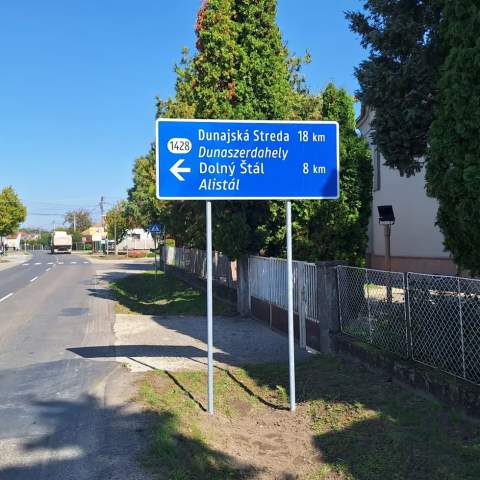
The Hungarian language is characterized by its language variants, meaning that there is no single "Hungarian language" spoken uniformly by all speakers. Instead, individuals use a specific language variant or variants. The standardized language variant, established with a uniform set of rules, is commonly used in education, official communication, and the media. While Hungarians in Slovakia predominantly use the common Hungarian language, they also employ other language variants, influenced by various factors. One such variant is the regional language variant, or dialect, which corresponds to the geographical area in which speakers reside. Slovakia encompasses three of the ten Hungarian dialect regions: Central-Transdanubian-Little Great, Palóc, and Northeast. Consequently, Hungarian language usage in Slovakia reflects the linguistic features of these three regions, depending on the residents' location. Dialect phenomena manifest in phonological, grammatical, and vocabulary differences, with speakers exhibiting variations in pronunciation, grammar rules, and word usage compared to the common language.
The Hungarian community in Slovakia is bilingual, regularly alternating between Hungarian and Slovak in everyday communication. Consequently, Slovak language influence is evident in their Hungarian language usage, taking various forms. This includes incorporating Slovak words into Hungarian text, creating Hungarian words based on Slovak, and adapting Hungarian structures according to Slovak grammar rules. All language variants are considered equal, meaning that speaking in a dialect or incorporating Slovak influences does not imply inferior language proficiency. Moreover, the increasing influence of the Slovak language may result in the gradual replacement of Hungarian in certain contexts. However, even when using a language variant instead of the common Hungarian language, individuals are still engaging with Hungarian language in some capacity.

